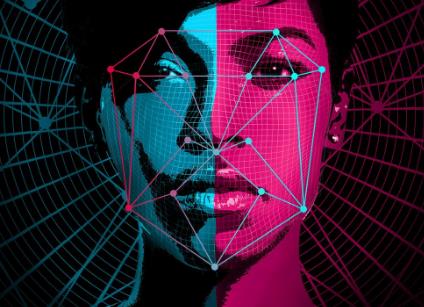The Evolution of Gay AI Chat: Past, Present, and Future
The development of gay AI chat systems marks a significant evolution in how technology interfaces with social needs and rights, particularly within the LGBTQ+ community. From their nascent stages to their current capabilities and anticipated future developments, these platforms have continually adapted to better serve their users' needs for communication, support, and community building. This exploration traces the trajectory of gay AI chat systems through its past, examines its present state, and anticipates its future potential.

The Origins and Early Development
Breaking New Ground. The concept of gay AI chat systems originated in the early 2000s when chatbots began to be used for various customer service and entertainment purposes. Initially, these systems were rudimentary, primarily based on scripted responses without much adaptability or depth of interaction. However, as online communities grew, the need for more personalized interactions became clear, particularly in underserved communities like LGBTQ+ individuals seeking safe spaces online.
Current Capabilities
Today’s gay AI chat platforms are highly sophisticated. They utilize advanced machine learning algorithms to learn from interactions, adapt to users' communication styles, and respond to emotional cues. Enhanced Personalization and Support are now standard features, with AI systems capable of maintaining context over longer conversations, providing mental health support, and even directing users to relevant community resources.
- User Engagement: Modern gay AI chats handle thousands of conversations daily, with users reporting high levels of satisfaction regarding the empathetic and relevant responses they receive.
- Safety Measures: Current systems incorporate robust privacy and security measures to protect users, essential in many parts of the world where LGBTQ+ individuals still face discrimination.
The Future Outlook
Pioneering Tomorrow’s Social Technology. The future of gay AI chat looks promising and is likely to be characterized by even greater integration of AI with daily life and community functions. We can anticipate several advancements:
- AI Empathy: Future developments aim to refine AI’s emotional intelligence, making these systems even more responsive to the nuances of human emotions.
- Augmented Reality Integration: Looking forward, gay AI chat systems might integrate with augmented reality (AR) to provide more immersive interaction experiences.
- Greater Advocacy: AI might also play a larger role in advocacy, using data collected from interactions to inform policy recommendations and support LGBTQ+ rights initiatives globally.
Challenges and Considerations
Despite the optimistic outlook, challenges remain, particularly around ensuring ethical AI development, managing user data responsibly, and overcoming societal biases that might be mirrored in AI behavior. Continuing to involve diverse voices in AI development and adhering to strict ethical standards will be crucial.
To explore a platform that exemplifies these innovative trends and user-focused development in gay AI chat technology, visit Gay AI Chat.
In conclusion, the evolution of gay AI chat from basic chatbots to complex systems capable of meaningful interactions represents a microcosm of broader AI development trends. These systems not only reflect technological advancement but also a deeper understanding of human needs, particularly within marginalized communities. As we look to the future, the potential of gay AI chat to enhance lives and foster community connection continues to expand, promising an exciting new chapter in the intersection of technology and human interaction.